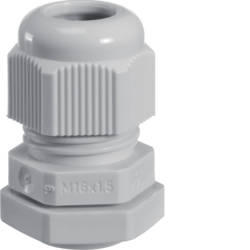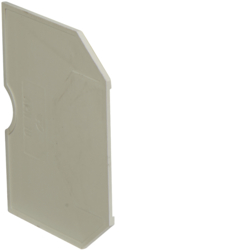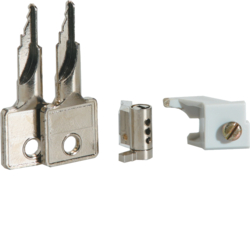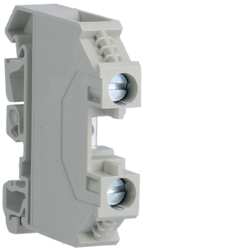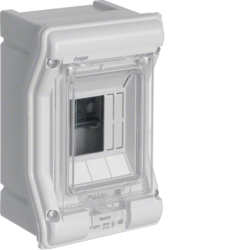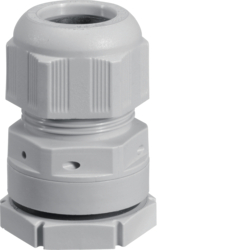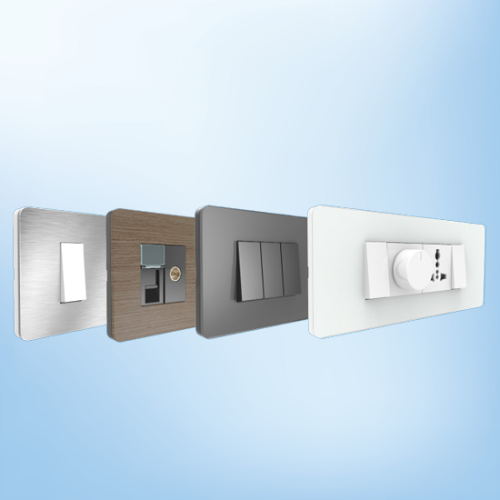Category HAGERS
HAGERS Vector
HAGERS Vector is a low-voltage switchgear and distribution system designed for diverse applications in various building types, including residential, commercial, and industrial settings. It provides a comprehensive solution for managing and distributing electrical power efficiently and safely.
Description
Key features of HAGERS Vector:
- Modular design: Similar to the Novello Plus system, Vector offers a modular design with a wide range of components that can be easily assembled to create a customized system tailored to specific project requirements. This flexibility allows for future expansion or modifications as needed.
- Scalability: The system caters to various project sizes, offering scalability from small-scale residential applications to large-scale industrial installations.
- Safety: HAGERS Vector prioritizes safety with features like finger-proof terminals, phase barriers, and an insulated enclosure to minimize the risk of electrical accidents.
- Efficiency: The system is designed for efficient use of space, featuring compact enclosures and optimized cable management solutions.
- Ease of installation: The pre-drilled and tapped enclosures, along with a user-friendly design, facilitate a smooth and efficient installation process.
- Wide range of compatible devices: The system is compatible with a comprehensive range of HAGERS devices, including circuit breakers, residual current circuit breakers (RCCBs), measuring and monitoring devices, and more, offering a one-stop solution for various electrical needs.
Overall, HAGERS Vector presents a versatile, scalable, and safe solution for low-voltage electrical switchgear and distribution needs across various building applications.
Related Products
Categories: HAGERS
HAGERS WIRING ACCESSORIES-insysta™
Hager insysta™ is a comprehensive range of wiring accessories designed to meet various electrical needs in residential, commercial, and industrial applications. They are known for their functionality, aesthetics, and ease of use.
Categories: HAGERS
HAGERS Golf
HAGERS Golf refers to a series of small enclosures designed for electrical distribution within various building types, including residential and commercial spaces. These enclosures are known for their ease of installation and cable management.
Related Products
Categories: HAGERS
HAGERS Auto Transfer Switch
The Hager Auto Transfer Switch is an advanced electrical switching device designed to automatically transfer power supply between different sources in the event of a failure or outage. Perfect for critical applications in industrial, commercial, and residential settings, it ensures seamless continuity of power, minimizing downtime and disruptions. With its intelligent design and robust construction, the Hager Auto Transfer Switch offers reliable performance and peace of mind, making it an essential component for maintaining uninterrupted electrical supply in various environments.
Categories: HAGERS
HAGERS Novello Plus
The Hagers Novello Plus is a modular enclosure system designed for the distribution of electrical power in various building types, including residential, commercial, and industrial. It is available in a wide range of configurations to meet the specific needs of each application.
Categories: HAGERS
HAGERS Miniature Circuit Breaker
HAGER Miniature Circuit Breakers (MCBs) are electrical devices designed to interrupt the flow of current in a circuit when it exceeds a predetermined safe limit due to overload or short circuit. They protect electrical circuits and equipment from damage and potential fire hazards.

